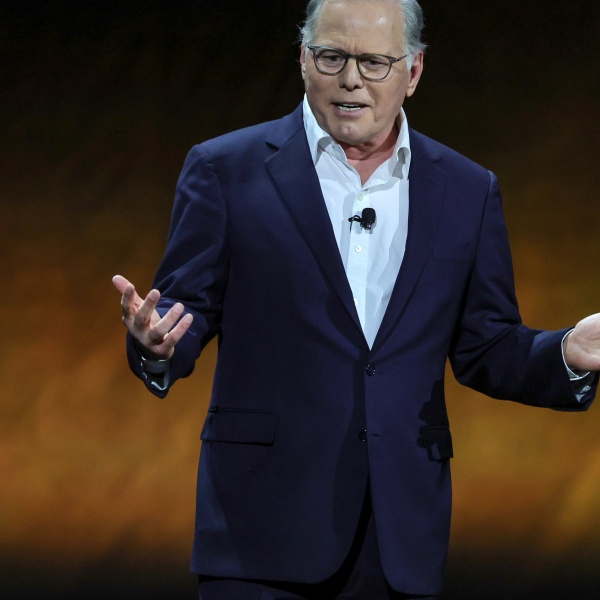The conventional wisdom for the past few years of everyone in town not named Netflix has been: if you put a movie into theaters, it helps the film down the road once it lands on streaming. Knowing a movie was theatrical and has that extra leg up of advertising gives it that added perception of quality beyond just something made for streaming.
IMAX though wanted to take that theory one step further, so it did its own study: If you knew a movie played on IMAX screens, would you still be more likely to watch it on streaming?
According to the tech company’s own commissioned research obtained by IndieWire, of course you would. IMAX (through the NRG Research Group) asked 600 U.S.-based entertainment consumers if knowing the film had a theatrical release in IMAX would make them more likely to watch it on a streaming service, and nearly two-thirds (62 percent) said yes. Males under 35 and other more frequent moviegoers polled were even more likely to check it out at home, even though they obviously wouldn’t be seeing it on an IMAX screen.
Essentially, the respondents said IMAX releases suggest higher production value; 69 percent said just seeing the logo on a movie poster versus not gives the impression the movie is higher quality. Just as many felt they’d be likely to shell out the extra 3 bucks to see it on a premium screen. And 90 percent said if it was “Filmed for IMAX,” that’s an even more ringing endorsement.
IMAX CEO Rich Gelfond alluded to the internal study at the Bank of America conference on Wednesday. Though he alluded the research wasn’t “fully baked,” he argued that the world is looking at content not just in its first window of release but across its overall window. He thought the numbers the survey turned up “were crazy.”
“It’s like the Good Housekeeping Seal of Approval,” Gelfond said.
Gelfond said movies like “Top Gun,” “Oppenheimer,” and “Barbie” that people wanted to see on the big screen and felt like big screen events still were among the top performers on streaming, and he felt that gives IMAX good leverage in the market.
“A strong theatrical run, especially with the inclusion of IMAX, helps the value the whole content chain,” he said. “I think it also affects where we sit in the ecosystem and the kinds of leverage we have and the kinds of commercial terms we can get.”
Gelfond has boasted before that even as the rest of theatrical has limped back from COVID, IMAX’s revenue has been the same as it was pre-pandemic. He reiterated that talking point again Wednesday, but he has even more evidence. Gelfond said movies that audiences know are shot in IMAX perform about 20 percent better for them than if it’s just playing on a premium large format screen, and in the cases of something like “Dune: Part Two” or “Oppenheimer,” it’s even better than that.
In 2025 though, IMAX has 14 movies coming out that were all “Filmed for IMAX,” which is about twice as many as the company has had previously in a given year. Gelfond said generally IMAX can service about 25 different movies in a given year, but the company is completely maxed out and fully committed for next year already because the slate is that strong. Some of the movies he’s looking forward to include “F1,” “Avatar 3,” new Ryan Coogler and Paul Thomas Anderson films, and “Dune” and “Star Wars” movies slated for 2026.
During Q2, IMAX reported global box office receipts of $196 million, and Q3 is shaping up to be pretty strong with big numbers for titles like “Deadpool & Wolverine” and “Twisters.”





